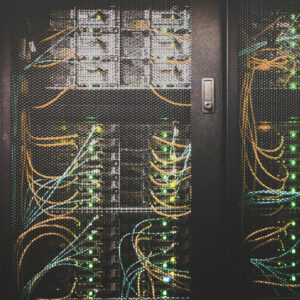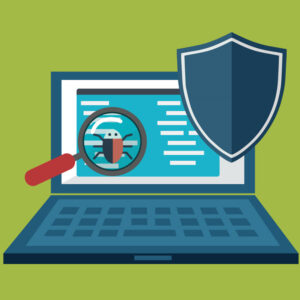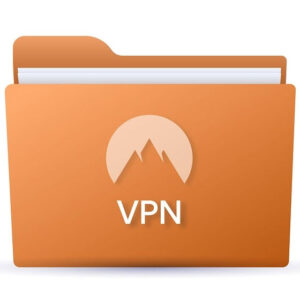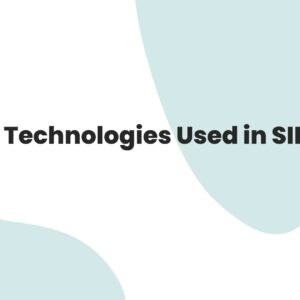
Security Information and Event Management (SIEM) is a vital cybersecurity solution that helps organizations detect, analyze, and respond to threats in real time. By centralizing log data and applying intelligent analytics, SIEM systems provide deep visibility into network activity and enhance compliance with industry regulations.
What is SIEM?
SIEM stands for Security Information and Event Management. It is a comprehensive solution that combines Security Information Management (SIM) and Security Event Management (SEM) into one platform. Essentially, SIEM systems collect, monitor, analyze, and report on security-related data from across an organization’s IT infrastructure.
SIEM tools gather logs and event data generated by applications, network hardware, operating systems, and other sources. They analyze this information in real-time or over time to identify suspicious activities or known threat patterns.
Some of the leading SIEM tools on the market include:
- Splunk
- IBM QRadar
- LogRhythm
- ArcSight
- Microsoft Sentinel
These platforms help security teams respond faster to incidents and reduce the risk of data breaches and other threats.
How Does SIEM Work?
The core function of a SIEM system revolves around data aggregation, event correlation, alerting, and reporting. Here’s a step-by-step breakdown of how it works:
1. Data Collection
SIEM systems collect data from a wide range of sources, such as:
- Firewalls
- Antivirus software
- Intrusion detection/prevention systems (IDS/IPS)
- Web servers
- Cloud services
- Endpoint devices
This data includes logs, events, and other security-relevant information.
2. Normalization
The collected data is normalized, meaning it is converted into a standard format. This makes it easier to analyze across different systems and applications.
3. Correlation and Analysis
Once normalized, the data is analyzed to detect patterns and relationships. SIEM tools use correlation rules, machine learning, or behavioral analytics to identify suspicious activities such as:
- Brute-force attacks
- Unusual login times
- Unauthorized access attempts
- Data exfiltration
4. Alerting
When a potential threat is detected, the SIEM system generates an alert. These alerts can be prioritized based on severity, helping security teams focus on the most critical issues first.
5. Dashboards and Reporting
SIEM platforms provide dashboards that offer real-time insights and historical data. These are useful for:
- Compliance audits (e.g., HIPAA, PCI-DSS, GDPR)
- Incident investigation
- Executive reporting
Pros of SIEM
Implementing a SIEM system brings several important benefits:
1. Centralized View of Security
SIEM provides a single pane of glass for monitoring all security events across an organization. This centralized view helps detect threats that may otherwise go unnoticed.
2. Real-Time Threat Detection
By analyzing log and event data in real time, SIEM systems can detect security threats as they occur, enabling faster response and minimizing potential damage.
3. Improved Incident Response
SIEM solutions streamline incident response by providing context-rich alerts, detailed logs, and automated workflows. This reduces the time needed to investigate and remediate threats.
4. Regulatory Compliance
Most organizations are required to meet certain compliance standards. SIEM helps generate the necessary reports and logs to demonstrate compliance with laws such as:
- GDPR
- HIPAA
- SOX
- PCI-DSS
5. Scalability and Integration
Modern SIEM tools can scale to handle large volumes of data and integrate with various IT and security tools like SOAR (Security Orchestration, Automation, and Response) platforms.
Cons of SIEM
Despite its advantages, SIEM is not without challenges:
1. High Cost
SIEM solutions can be expensive to purchase, deploy, and maintain. Costs include licensing, hardware, storage, and skilled personnel.
2. Complex Setup and Management
Deploying a SIEM system requires significant planning and configuration. Fine-tuning correlation rules and managing false positives can be time-consuming.
3. False Positives
One of the common issues with SIEM is the generation of false positives—alerts that indicate a threat when there is none. This can lead to alert fatigue and reduced effectiveness.
4. Resource Intensive
SIEM platforms often require a dedicated team of analysts and engineers to manage and monitor the system effectively.
5. Limited Visibility in Cloud Environments
While SIEM tools have evolved to handle cloud-based infrastructure, traditional SIEMs may struggle to fully monitor dynamic, containerized, or serverless environments without additional integrations.
Conclusion
SIEM is a powerful cybersecurity tool that plays a critical role in helping organizations monitor, detect, and respond to security threats. By centralizing log management and applying advanced analytics, SIEM enables faster threat detection and supports compliance with regulatory standards.
However, it’s important to weigh the benefits against the costs and complexity. When implemented and managed properly, SIEM can significantly enhance an organization’s security posture—but it requires the right strategy, tools, and skilled personnel to realize its full potential.










4 Comments
Comments are closed.